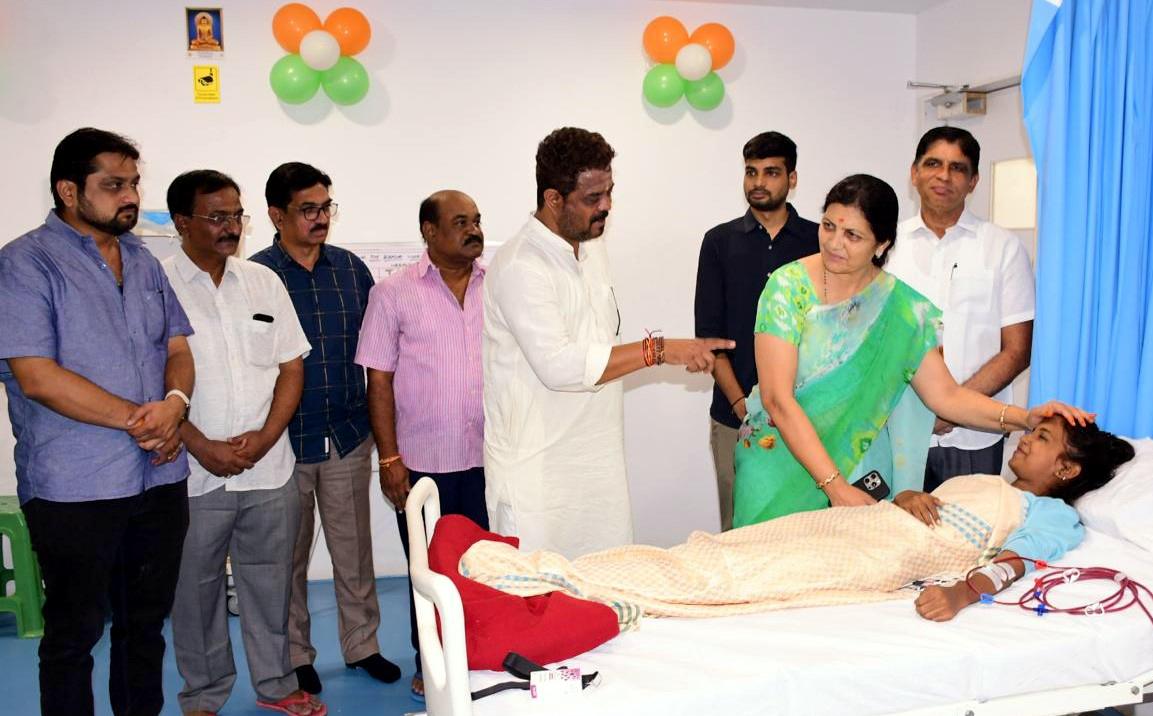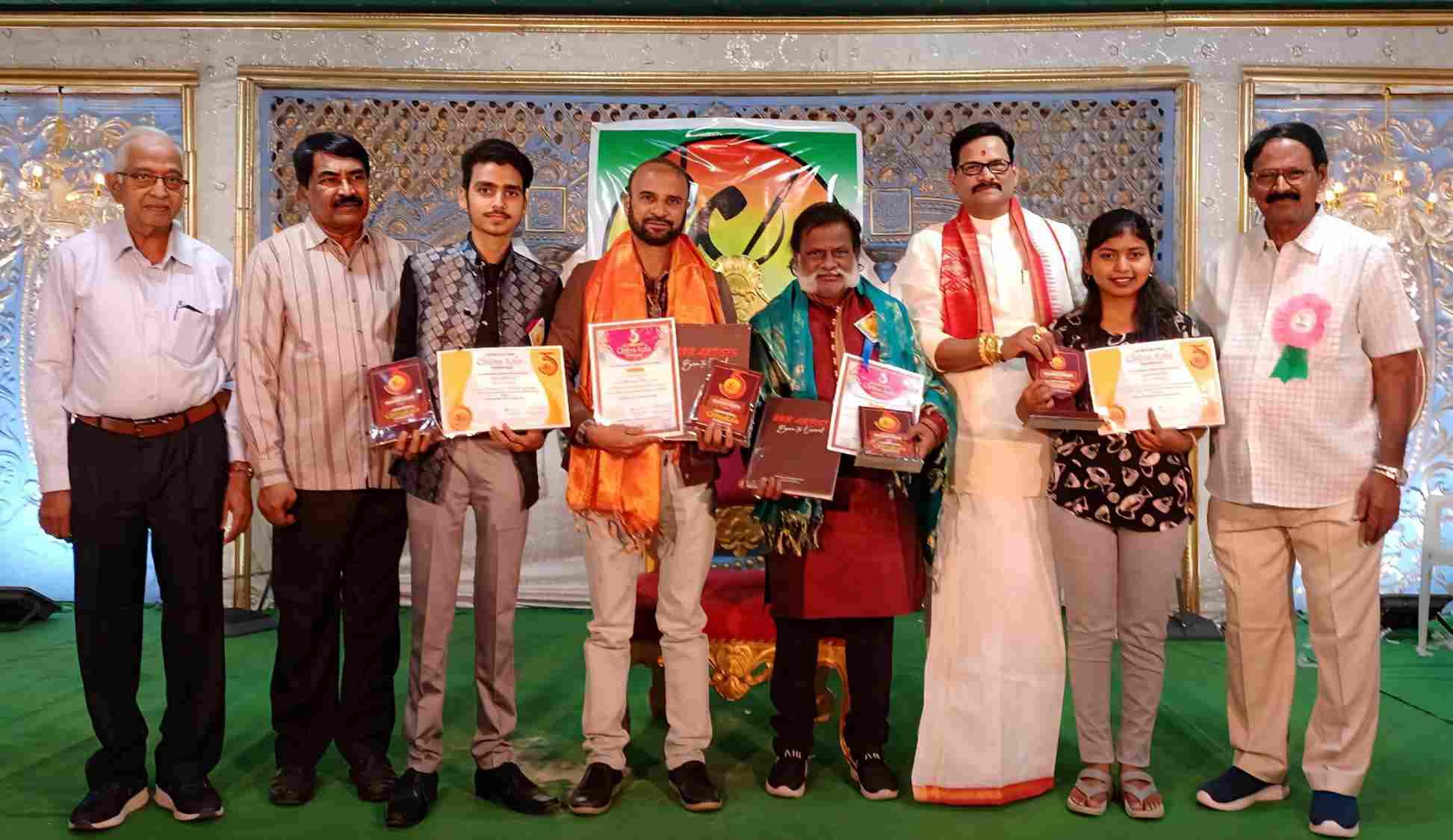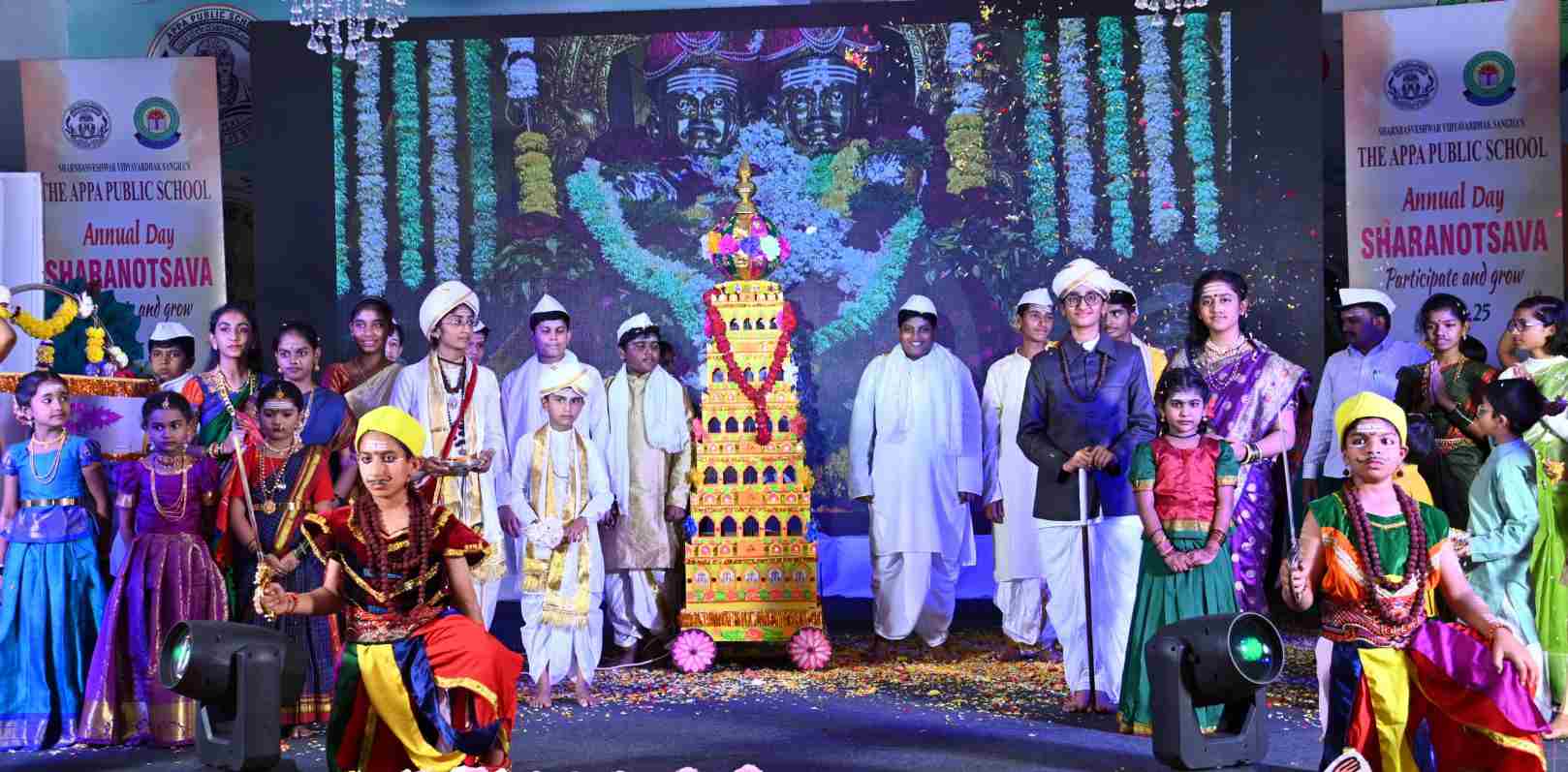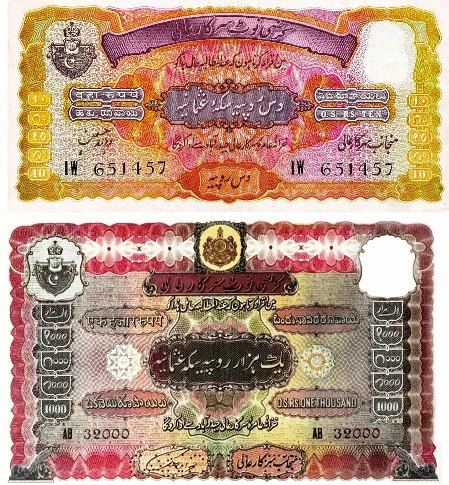The legacy of last two Nizams: The preferred Kannada language as seen in their currency notes
A palace of his time constructed in 1881 is the best example of modern architecture influenced by Gothic European style, in which the Zilla Panchayat Office is functioning. It is located on a tiny hill at Jagat circle in Kalaburagi city.
These types of structures were erected during Sir Mir Mahbub Ali Khan Bahadur (1866-1911) and his son Mir Osman Ali Khan Bahadur the last and seventh Nizam who was popularly known as Architect of Modern Hyderabad. He was the last ruler of Asaf Jahi dynasty. On September 17, 1948 the independent and one of the largest Princely State of Hyderabad was annexed by the newly independent Indian Union.

The remains of the structure built during their rule is Entrance Gate of Vikas Bhavan (Mini Vidhan Soudha), MSK Mills, Entrance Gate of Mahbub Gulshan Public Garden and Chatri (umbrella), Mahbub Sagar (now Sharnbasveshwar lake), Town Hall, MPHS School, Asaf Gunj School, Tahsildar Office, and many others in Kalaburagi city are seen.
The last two Nizams ruled here, and evidence of their rule can still be seen today in Hyderabad Karnataka now Kalyana Karnataka region. They struck independently new coins called as ‘Hali Sicca’.
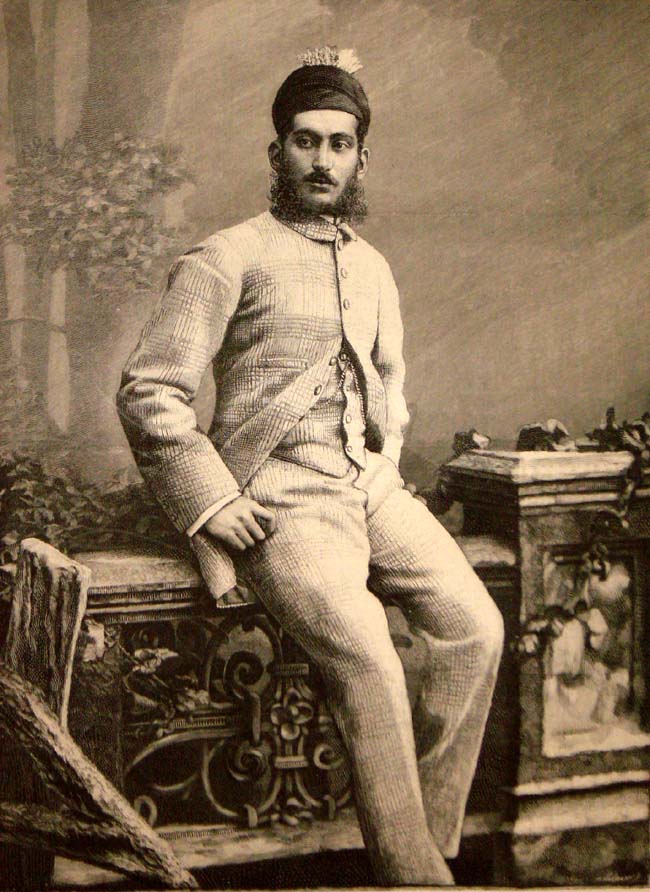
The paper note currencies were printed in Urdu and encouraged the languages like Telugu, Kannada, Marathi and English which can be seen. Between 1918 to 1926 notes designated as Osmania Sicca were issued in denominations of Rupees 1, 5, 10, 100, and 1000 where Kannada was compulsorily used. The Osmania Sicca was demonetised in 1959 in wake of the reorganisation of other states. The currency was minted by Hyderabad State Bank (State Bank of Hyderabad) merged in State Bank of India in the year 2017.
So, the palace of Mir Mahbub Ali Khan Bahadur is a very important part of Kalaburagi’s architectural heritage. The State Archeology or Archeological Survey of India should take over it. And it should be declared as protected monument.
-
– Rehaman Patel
-
Artist and researcher
-
Photo of Palace by
-
Mohammed Ayazuddin Patel
-
Photo of Mir Mahbub Ali Khan and currency note from Nizams Archives

